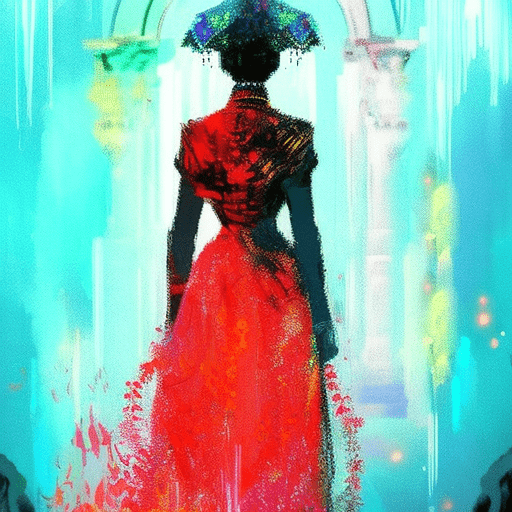One-line Summary:
Anna Karenina is a classic Russian novel that explores the complexities of love, marriage, and societal expectations through the parallel stories of two women, Anna Karenina and Kitty Scherbatsky.
The Story:
Set in 19th-century Russia, Anna Karenina follows the lives of two women who find themselves entangled in the complexities of love and societal expectations. Anna Karenina, a beautiful and passionate woman, is married to Karenin, a high-ranking government official. Despite her seemingly perfect life, Anna feels trapped and unfulfilled in her marriage. When she meets the dashing Count Vronsky, she embarks on a passionate affair that threatens to destroy her reputation and her family.
Meanwhile, Kitty Scherbatsky, a young and innocent girl, is courted by two men: Konstantin Levin, a wealthy landowner, and Count Vronsky. Initially infatuated with Vronsky, Kitty rejects Levin’s proposal, only to be rejected by Vronsky in turn. Heartbroken and disillusioned, Kitty retreats to the countryside, where she finds solace in religion and eventually reunites with Levin, realizing that true love and happiness lie in a simple and meaningful life.
As the story unfolds, Anna’s affair with Vronsky becomes increasingly tumultuous, leading to a downward spiral of jealousy, guilt, and despair. The societal condemnation and her own internal struggles push Anna to the brink of madness. Ultimately, she makes a tragic decision that ends her life, leaving behind a trail of devastation and shattered lives.
Themes:
Love and Passion:
Anna Karenina delves into the complexities of love and passion, exploring the consequences of pursuing one’s desires at the expense of societal norms and personal happiness. The novel highlights the destructive power of unchecked passion and the societal pressures that can suffocate individuals.
Societal Expectations:
Tolstoy examines the rigid societal expectations placed on individuals, particularly women, in 19th-century Russia. Anna’s affair challenges the norms of her time, leading to her isolation and eventual downfall. Kitty, on the other hand, learns to reject societal expectations and find fulfillment in her own terms.
Morality and Hypocrisy:
The novel also explores the theme of morality and the hypocrisy of society. While Anna is condemned for her affair, many of the characters who judge her engage in their own immoral behavior. Tolstoy questions the double standards and moral judgments prevalent in society.
Key Takeaways:
- Love and passion can be both exhilarating and destructive.
- Societal expectations can stifle individual happiness and fulfillment.
- Morality is subjective, and society often holds individuals to different standards.
- True happiness lies in living an authentic and meaningful life.
“All happy families are alike; each unhappy family is unhappy in its own way.” – Leo Tolstoy, Anna Karenina
In conclusion, Anna Karenina is a timeless masterpiece that delves into the complexities of love, marriage, and societal expectations. Through the parallel stories of Anna Karenina and Kitty Scherbatsky, Tolstoy explores the destructive power of unchecked passion, the suffocating nature of societal norms, and the hypocrisy of moral judgments. The novel serves as a poignant reminder that true happiness lies in living an authentic and meaningful life, free from the constraints of societal expectations.












